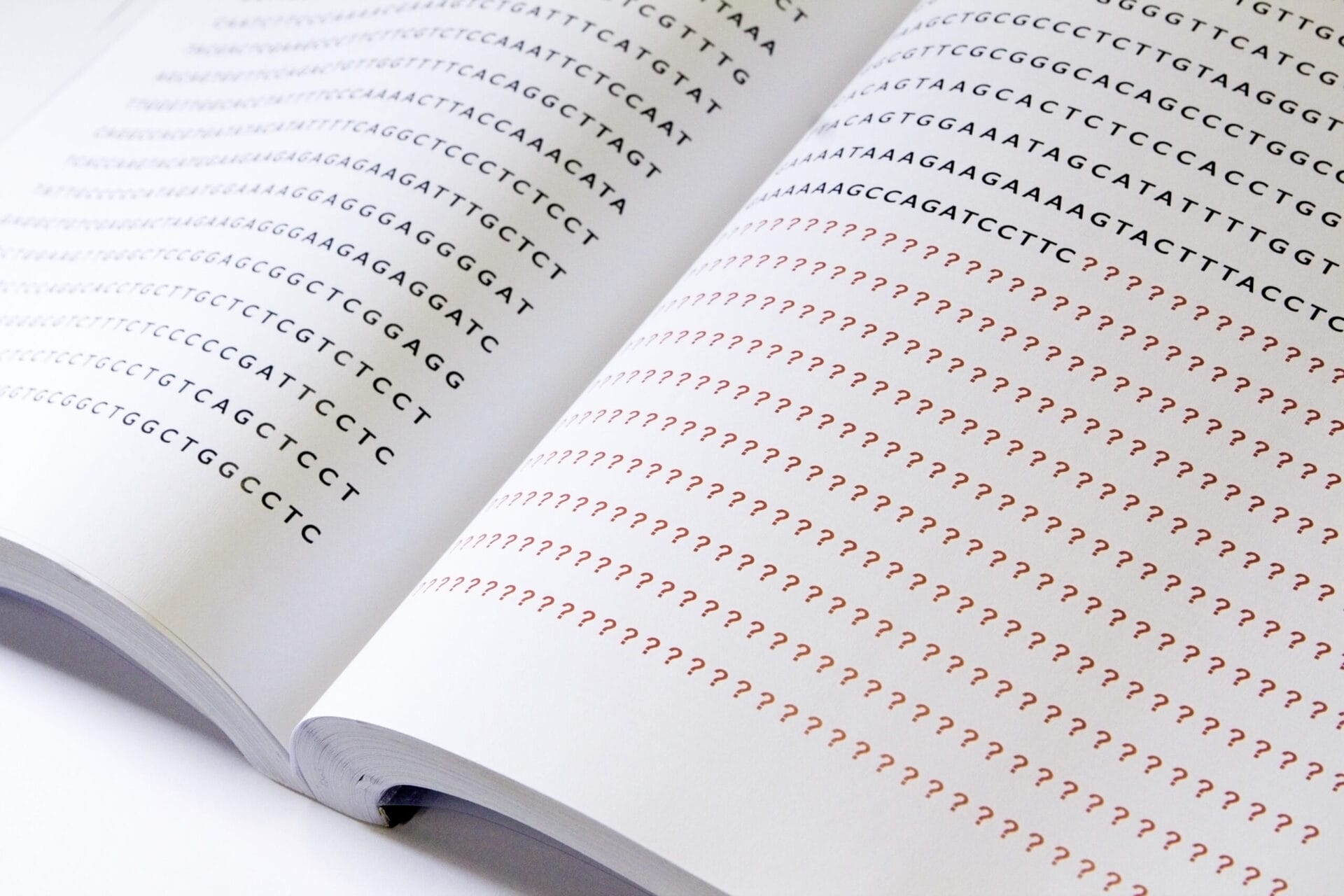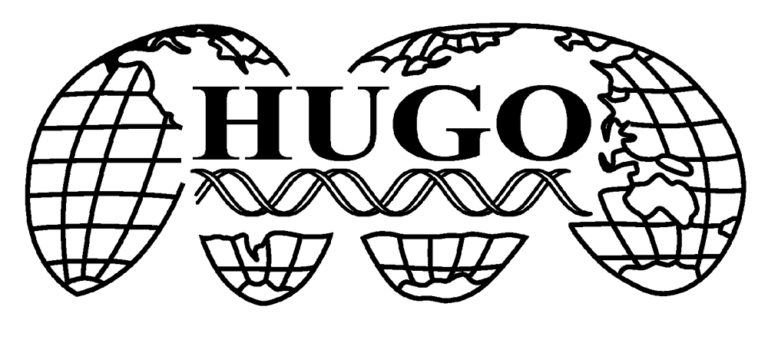What was the Human Genome Project for?

The Human Genome Project was the largest international collaboration ever undertaken in biology and involved thousands of scientists around the world – including those at the Wellcome Sanger Institute in Cambridge, UK.
This is part 1 in our series of stories looking at the Human Genome Project. You can read our fact page introducing you to the Human Genome Project here.
Key terms
Genome
The complete set of genetic instructions required to build and maintain an organism.
DNA sequencing
The process of determining the order of bases in a section of DNA.

The Human Genome Project was hugely significant to biology and has dramatically influenced biological research.
As part of the Human Genome Project, researchers around the world worked together to read and record the entire sequence of the human genome – and make the information freely available for anyone to use.
Using the most up-to-date DNA sequencing methods available at that time, they were able to sequence 92% of the human genome. They also sequenced the genomes of several other organisms important to medical research, such as the mouse, fruit fly and nematode worm, C. elegans.

The Human Genome Project also aimed to sequence the genomes of the mouse, fruit fly and nematode worm.
The Human Genome Project wasn’t just about sequencing
It had several other important scientific and social implications.
For example, the project encouraged international collaboration between scientists and facilitated the distribution of research data.
Those involved were committed to exploring the consequences of genomic research through its Ethical, Legal and Social Implications (ELSI) programme. As part of this, they worked to encourage debate, ask questions and provide the public with information about the implications of looking inside the human genome.
The Human Genome Project also worked closely with the Human Genome Organisation (HUGO) – an international organisation of genetics scientists that continues to offer expert advice to support human genome research.
Beyond sequencing the human genome, the project also developed new tools to understand genomic data and benefit many areas of biology.

The sequenced human genome is now a crucial reference for all human biological research – a template against which all human genomes are compared.
Since the full human genome sequence became available to the scientific community, research progress into human health and disease has accelerated dramatically. We now know much more about how we function, how diseases develop and how we can apply this knowledge to improve diagnosis and treatment. It’s also led to many more biological questions for scientists to tackle as well as social and ethical issues for us all to consider.
